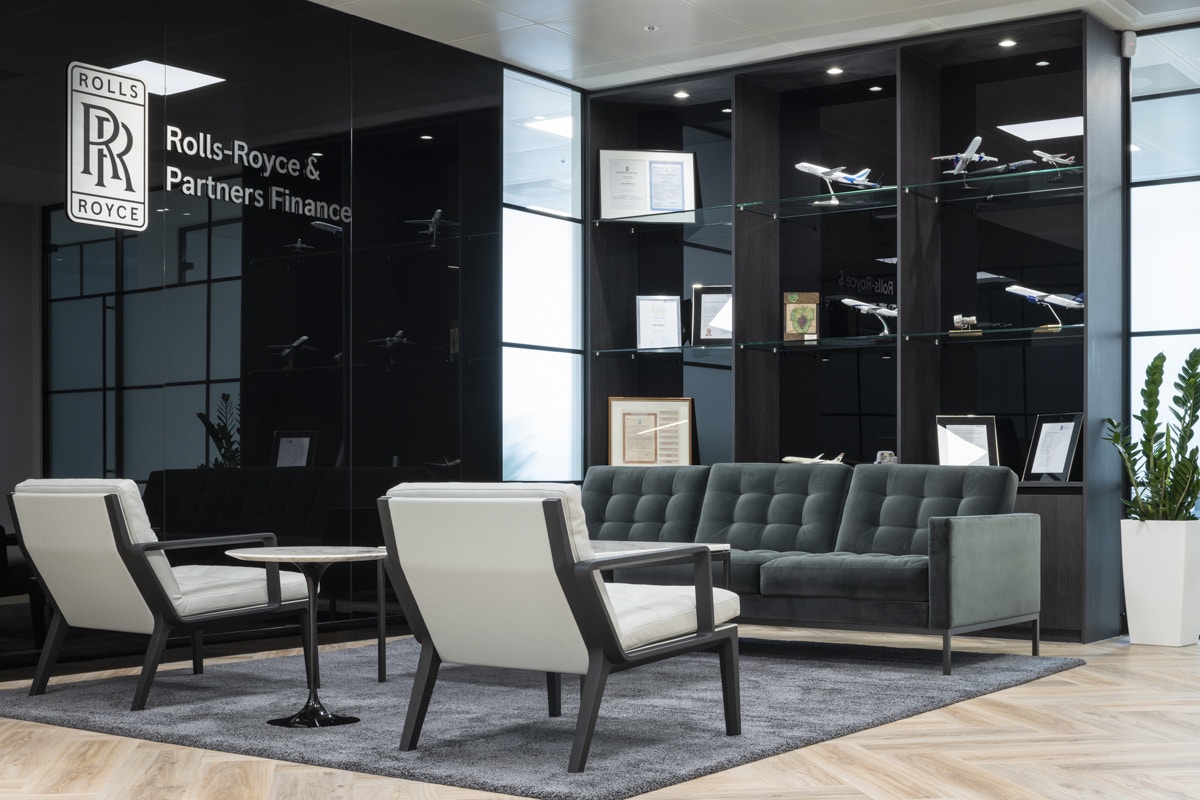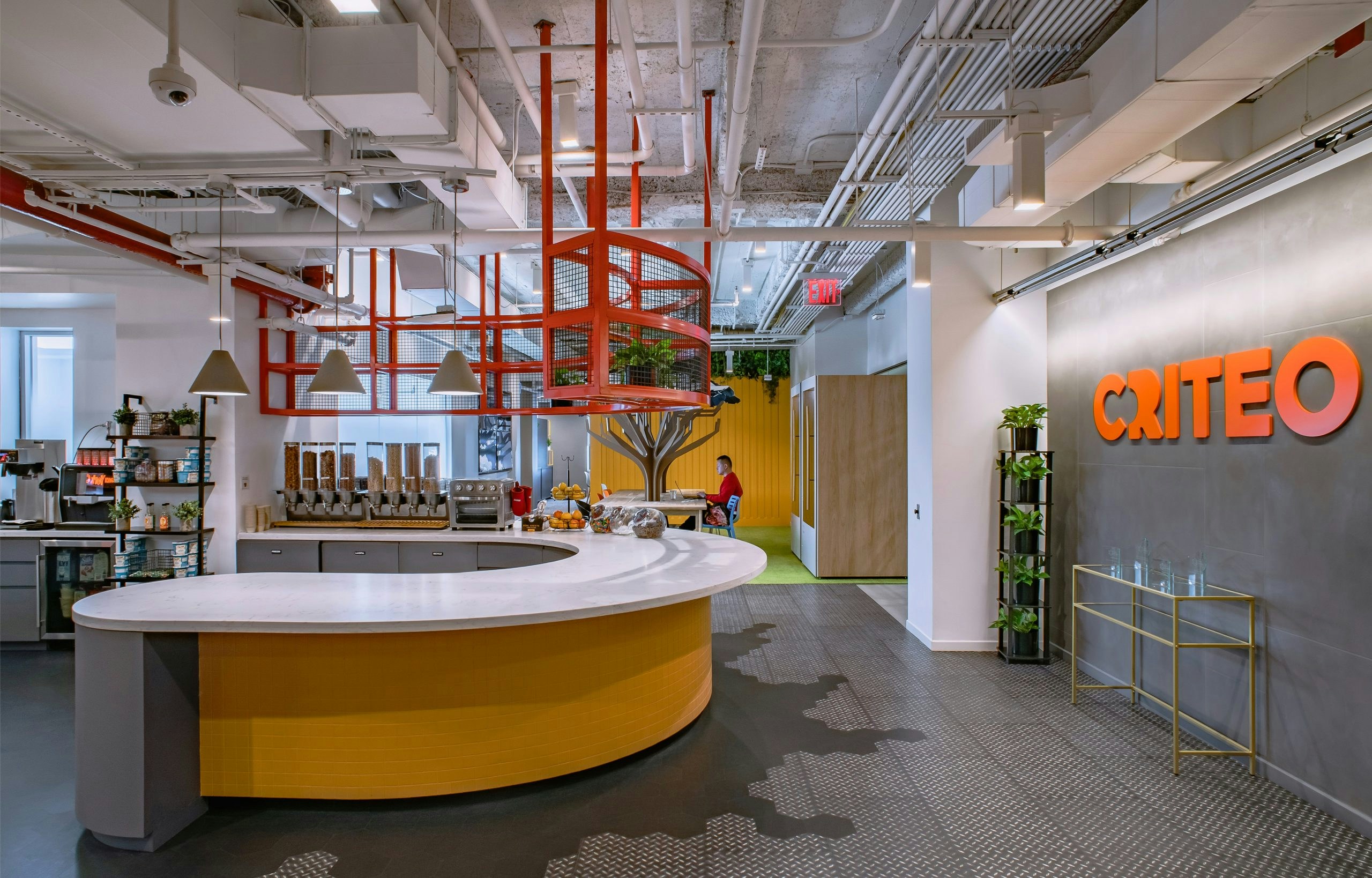Integrating Brand Identity into Office Design
Your office is more than just a workspace; it’s a reflection of your brand identity. With the rise of hybrid work, maintaining a strong brand presence is challenging but crucial. A well-planned office design can enhance employee well-being, impress clients, and attract investors. Research shows that thoughtfully designed spaces can boost productivity by 20% and improve job satisfaction by 24%. By focusing on elements like culture, location, and layout, you can create an environment that embodies your brand and fosters collaboration, ultimately driving business success.





